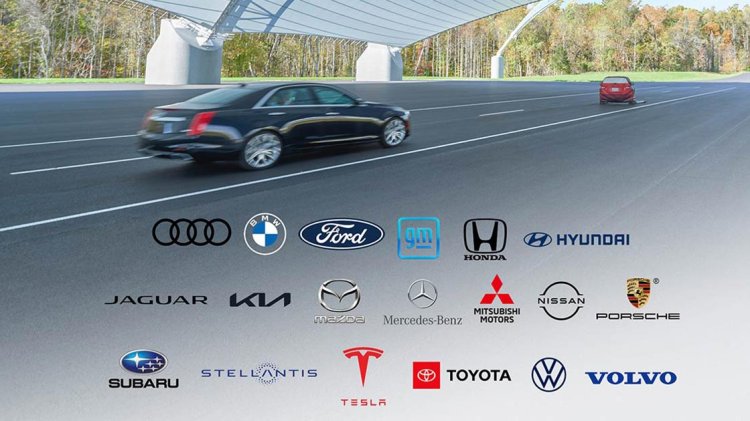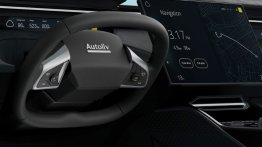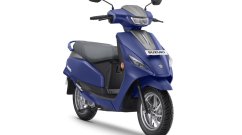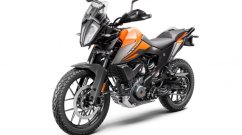Multiple car companies have pledged to equip their light-duty vehicles with Auto Emergency Braking (AEB). But it's not happening globally.
All 20 participating automakers have fulfilled a voluntary pledge to equip nearly all the light vehicles they produce for the U.S. market with automatic emergency braking (AEB).
Five new manufacturers installed AEB on more than 95 percent of the light vehicles they produced between Sept. 1, 2022, and Aug. 31, 2023, to meet the deadline set in the agreement. General Motors, Jaguar Land Rover, Maserati and Porsche all dramatically increased the proportion of their vehicles equipped with the technology to meet the target. Kia, which was already close last year, also crossed the finish line.
Audi, BMW, Ford/Lincoln, Honda/Acura, Hyundai/Genesis, Mazda, Mercedes-Benz, Mitsubishi, Nissan/Infiniti, Stellantis, Subaru, Tesla, Toyota/Lexus, Volkswagen and Volvo fulfilled the voluntary commitment in previous years.
To fulfill their commitment, manufacturers must attest that the AEB system on their vehicles meets certain performance standards. The forward collision warning feature must meet a subset of NHTSA’s current requirements on the timing of driver alerts. The AEB must either be able to slow the vehicle by at least 10 mph in one of two tests conducted at 12 and 25 mph or by 5 mph at both speeds — the level of performance needed for an advanced rating in the Institute’s original vehicle-to-vehicle front crash prevention evaluation.
More than three-quarters of the automakers already meet the 95 percent threshold with manual-transmission vehicles included in their production totals.
Four of the five automakers that produce 8,500-10,000 pound vehicles for the U.S. market — Ford, General Motors, Mercedes-Benz and Nissan — already meet the threshold with those heavier vehicles included. Stellantis is closing in on the target.
Some manufacturers are reaching the overall benchmark while still leaving many of their 8,500-10,000 pound vehicles unequipped, however. So far, only Mercedes-Benz and Nissan have equipped all of their 8,500-10,000 pound vehicles with AEB, while Ford has equipped 78 percent and General Motors just 6 percent. Stellantis, which has yet to reach the 2025 goal, has equipped 47 percent.
IIHS expects the voluntary commitment to prevent 42,000 crashes and 20,000 injuries by 2025. The estimate is based on IIHS research that found that front crash prevention systems with both forward collision warning and automatic emergency braking cut rear-end crashes by half.











